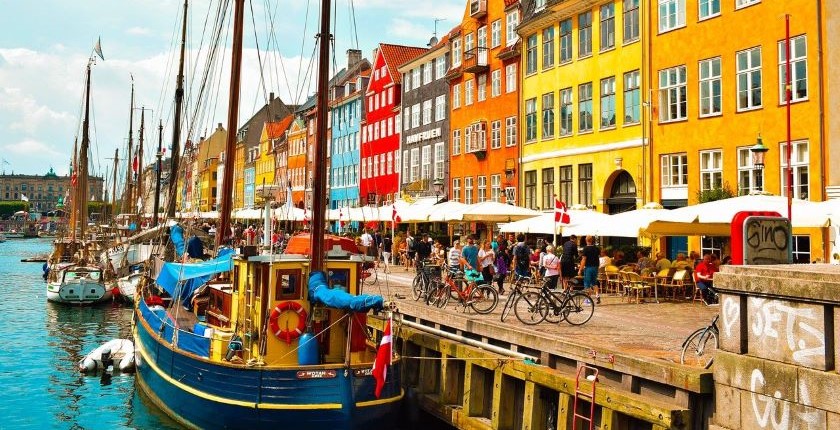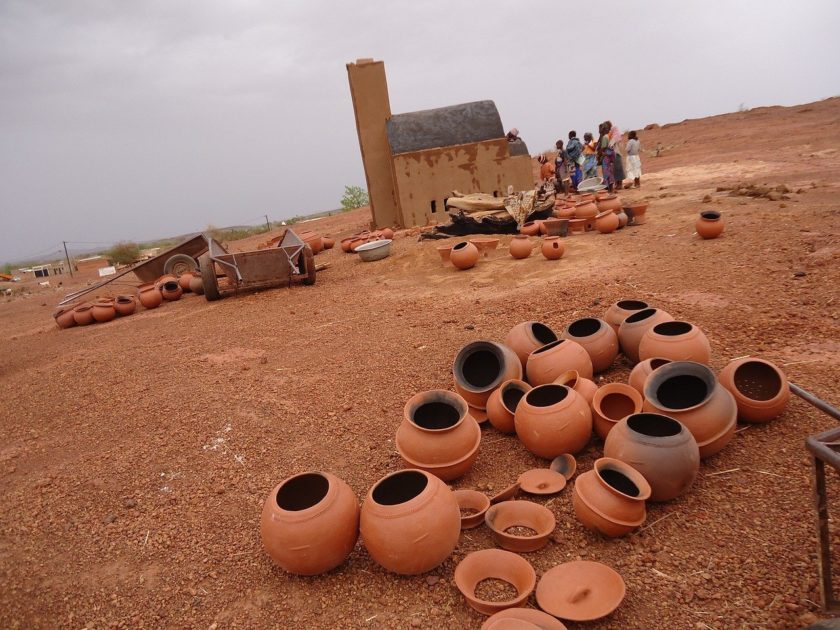
Photo: ExplorerBob from Pixabay
A global financial mechanism to compensate for the loss and damage caused by climate change could be activated, following years of unsuccessful negotiations. Denmark is the first country to contribute funds for jeopardized countries as it earmarked USD 13 for the mechanism. The term loss and damage was adopted for a financial scheme where developed countries pay vulnerable counterparts for the damage and losses from climate change and greenhouse gas emissions. The instrument entails developed countries’ responsibility for historical emissions, which is a sticky but nevertheless significant topic in global negotiations on climate solutions.
Denmark has become the first country from the list of historically big emitters or polluters to pledge funds for developing countries for the loss and damage caused by climate change. The Nordic country will allocate USD 13 million through a financial instrument to assist the most vulnerable regions and countries.
The financial mechanism called loss and damage is for funds for the most affected countries to adapt to and mitigate the effects of climate change.
The scheme reflects the question of the historical responsibility of countries that have committed the most significant climate damage and caused the accumulation of greenhouse gases. The global debate among world leaders raises the issue of financial compensation for loss and damage due to climate change.
Most developed countries have long resisted special financing for loss and damage caused by climate change
The most developed countries have long resisted the implementation of the financial mechanism. But the government of Denmark decided to allocate funds and become the country that launches the global scheme.
At the last United Nations Climate Change Conference (COP26), participants failed to reach an agreement. Loss and damage is included in the agenda of COP27, scheduled to be held in November in Sharm el-Sheikh in Egypt.
How to determine loss and damage
Loss and damage refers to the consequences of climate change that go beyond what people can adapt to and mitigate. Or when adjustment options exist, but the community does not have access to the necessary resources and cannot use them.
Loss and damage refers to the consequences of climate change that go beyond what people can adapt to
Loss and damage is the impact of extreme weather events such as hurricanes, droughts, and heat waves. And also the result of slower changes, such as sea level rise, desertification, land degradation, ocean acidification, and glacier melting.
Loss and damage is the impact of extreme weather events such as hurricanes, droughts, and heat waves
Poor and developing countries are pushing for serious discussions at the global level to support their recovery and prepare for the future.
Denmark donates funds to multiple recipients
The Danish Ministry of Foreign Affairs revealed that out of the USD 13 million earmarked for assistance to vulnerable counties, USD 5 million would go to Frankfurt-based organization InsuResilience, which subsidizes climate insurance in affected countries.
Another USD 4 million is dedicated for a strategic partnership between the Danish government and civil society organizations dealing with climate-related losses and damage, focused on the Sahel region of North Africa.
There is USD 3 million allocated for strategic efforts in loss and damage around the COP27 summit, and the remaining USD 1 million is for civil society in developing countries, the cabinet said

Danish officials expressed hope their decision would also affect people on the ground who are already facing the consequences of climate change and help to achieve progress in the negotiations.
Pivotal moment for global negotiations
During the last climate summit, in Glasgow, the Group of 77, a bloc comprising more than 130 developing countries, tried to establish a fund to support the victims of climate disasters. But such an initiative was blocked by the European Union and the United States. Denmark’s move could now signal a turning point in the talks.
The establishment of a financial instrument to support the victims of climate disasters was blocked by the EU and the US
Under the Paris Agreement, all countries agreed to address “losses and damages related to the impacts of climate change.” But the rich countries were fiercely reluctant to provide special funding because they did not want to accept responsibility, thereby risking international lawsuits.
Historical emissions and global debates
Although they make up only 12% of the global population, the most developed countries including the United States, Canada, Japan, and much of Western Europe, are responsible for 50% of all emissions of the greenhouse gases that were emitted from burning fossil fuels and the industry over the past 170 years.
While Western officials insist that countries such as India, Indonesia, and South Africa must accelerate the coal phaseout, developing countries insist that they lack financial resources and do not have adequate support from the wealthiest countries.
Following recent devastating floods in Pakistan, the United Nations issued an urgent appeal to raise USD 160 million in aid. That would be enough for first aid and to feed the people affected by the disaster. However, the damage from the floods caused by climate change and melting glaciers on the Himalayan Ridge in the country is estimated at dozens of billions of dollars.
Pakistan’s climate change minister Sherry Rehman pointed out in an article for the Guardian that her country is not only exposed to both high climate vulnerabilities and low readiness for climate disasters. The good part of the global south is already affected by adverse climate impacts, supply chain interruptions, and high social costs.
Threatened countries are demanding a transfer of resources and robust financial mechanisms to implement the urgent adaptation, Rehman said.
She noted that in a year without disasters, Pakistan typically loses 9.1% of its gross domestic product due to the compounding impact of climate stress. Such a figure is estimated to nearly double due to medium-term losses from the recent floods.
Financial resources mostly came as loans and credits, not donations
In 2009, the world’s largest economies committed to mobilizing USD 100 billion annually to finance climate change mitigation and adaptation in the most vulnerable countries by 2020 but lagged behind such targets. Financial resources mostly came in the form of loans and credits, and by no means through grants or financial reparations.
The Danish move, while modest, can be seen as launching a new model of establishing climate responsibility
Ahead of the COP27 Global Climate Summit, the Danish move, while modest, can be seen as launching a new model of establishing climate responsibility.


















Be the first one to comment on this article.